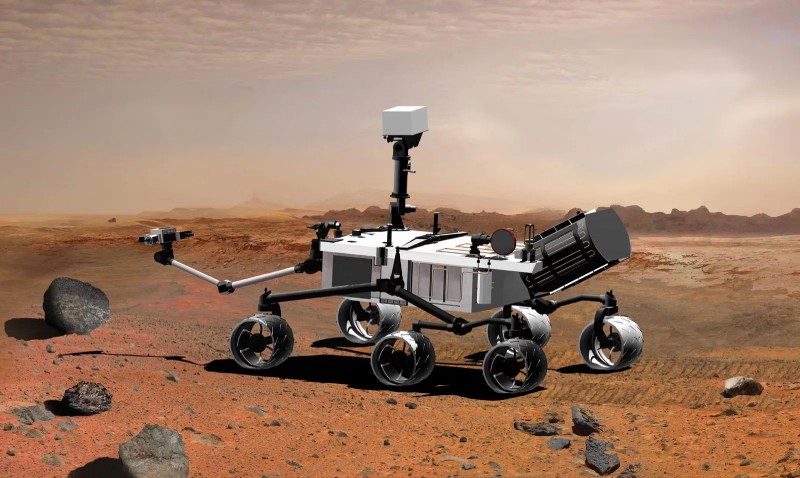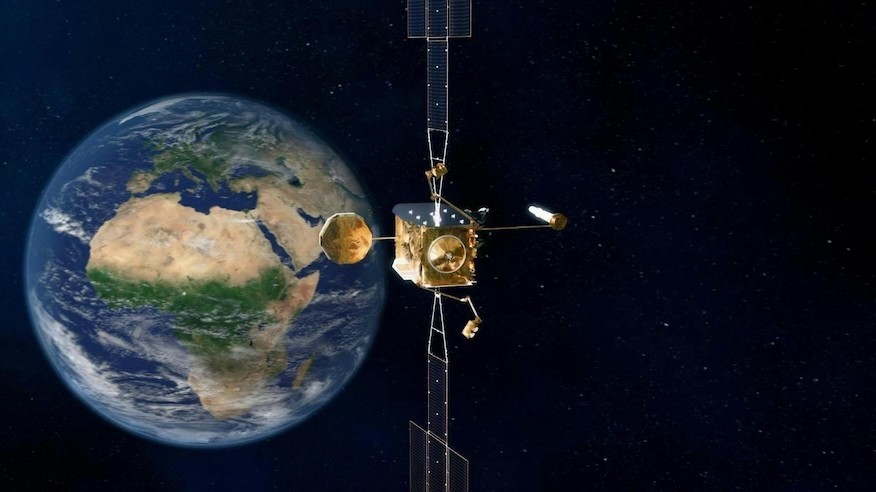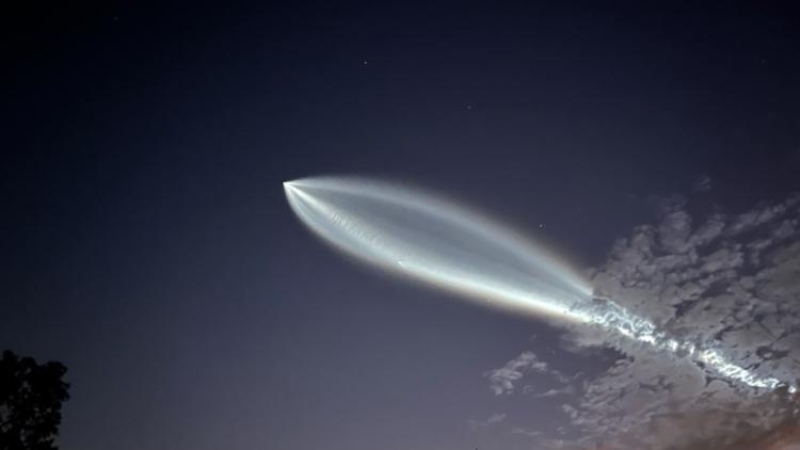All our patient waiting has been rewarded! The NASA Curiosity Mars rover team received the exciting news that our drill attempt at “Mammoth Lakes 2” was successful! The drill hole is visible in the image above, with our first attempt shown to the left. The drilling is just the beginning—we’re eager to analyze what we’ve drilled. This weekend, we’ll use our laser spectrometer (LIBS) to examine the drill hole before delivering some material to CheMin (the Chemistry & Mineralogy X-Ray Diffraction instrument) for further analysis.
Typically, the next step in a drill campaign involves using SAM (the Sample Analysis at Mars instrument suite), which is quite power-hungry. To ensure we have enough power for this, we need to carefully plan our activities. Despite having a lot of free time this weekend, with three sols and CheMin only occupying the first night, we needed to strategize. The midday science operations working group meeting (SOWG) became a puzzle session as we determined what could be rearranged and what needed to be postponed.
An unusual feature of this weekend’s plan was a series of short change-detection observations on “Walker Lake” and “Finch Lake,” targets we’ve previously studied to monitor wind-driven movement of Martian sand. These were scheduled throughout the three sols to observe changes within a single sol. Although these observations are brief, they require waking the rover, consuming power. Fortunately, the science team prioritized these observations as high, middle, or low, allowing us to eliminate lower-priority ones to save power.
Another power-saving strategy involved optimizing observation times. A weekend plan usually includes an “AM ENV Science Block” for morning environmental and atmospheric observations, typically scheduled on the final sol. However, since we needed to wake up on the first sol for CheMin’s analysis, we moved the ENV block to the first sol, giving Curiosity more rest at the end of the plan.
These adjustments allowed us to complete the plan with sufficient power for Monday’s activities while still fitting in plenty of remote science. This included mosaics from Mastcam and ChemCam on past targets like “Whitebark Pass” and “Quarry Peak.” We also had two new LIBS targets: “Broken Finger Peak” and “Shout of Relief Pass.” Aside from our morning block, ENV managed to include a dust-devil movie, a line-of-sight, and tau to monitor changing dust levels in the atmosphere.
Topics #Conversation Issues #Curiosity #Curiosity rover #Earth #Mars #Mars Rover #NASA #news #Rover #solar system #universe












